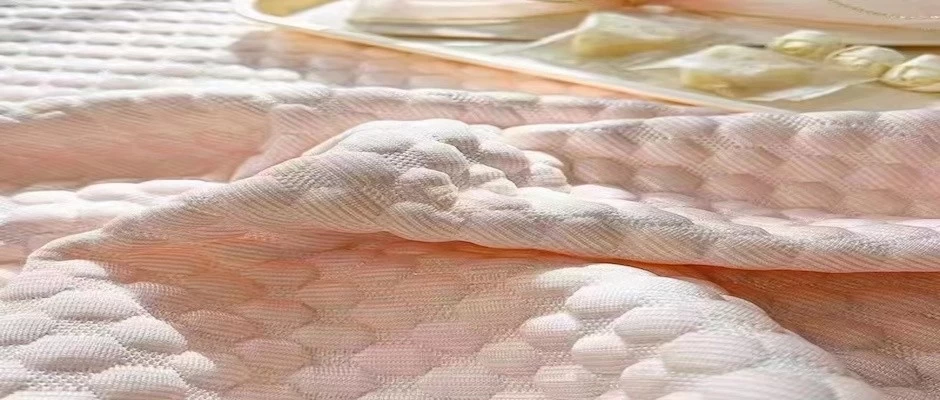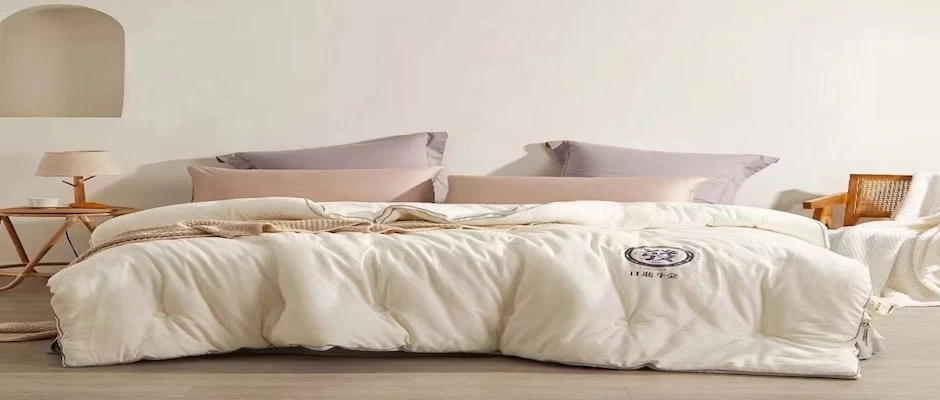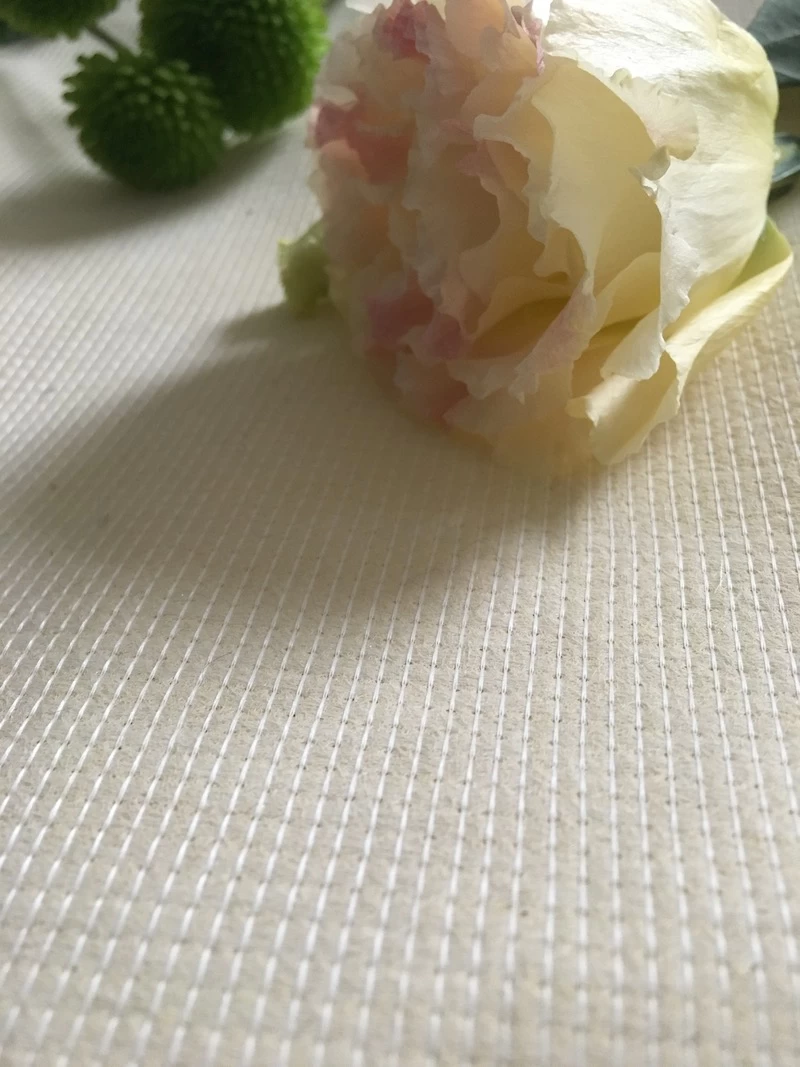Textile digital printing fabric: Which fabric material is suitable for digital printing?

Mattress cover fabric wholesales
Digital printing of textiles is the latest innovation in the textile printing industry. More and more printing companies are transitioning to digital printing and benefiting from the competitive advantages they offer. Digital printing offers the fastest production efficiency and the ability to produce complex patterns and fine patterns. In textile digital printing, the large number of printheads in the printing press ensure high quality pattern design and fast production speeds. However, some fabrics cannot be used for digital printing because the nozzles are too close to the fabric. For example, some off-line fabrics can come into contact with the spray head, causing damage.
Textile digital printing technology can be used for woven and knitted fabrics. The following details which materials are suitable for digital printing and which are not suitable:
1 cotton
Cotton is a natural fiber, especially in the fashion industry, which is widely used in clothing for its high moisture resistance, comfort and durability. With a textile digital printing machine, you can print on cotton. In order to achieve the highest possible quality, most digital printing machines use reactive inks because this type of ink provides the highest wash fastness to printing on cotton.
2 adhesive
Another natural fiber widely used in the fashion industry is viscose. It is possible to print on the adhesive using a digital printing machine. As with printing on cotton, the best results can be achieved by printing on the adhesive with reactive ink.

Knitted mattress cloth factory China
3 wool
Printing on wool fabrics using a digital printing machine is possible, but it depends on the type of wool fabric used. If you want to print on a "furry" wool fabric, this means that the fabric has a lot of fluff on the surface, so the nozzle must be as far away as possible from the fabric. The diameter of the wool yarn is five times the diameter of the nozzle in the nozzle, which can seriously damage the nozzle.
Therefore, it is very important to choose a digital printing machine that allows the print head to print at a higher position from the fabric. SPGPrints Archer technology supports 4 mm printhead heights, while other nozzle nozzles are typically 1.5 mm from the fabric, which may allow you to digitally print on any type of wool fabric.
4 silk
Another natural fiber suitable for digital printing of textiles is silk. Silk can be printed with reactive or acid inks.
5 polyamide lycra
Polyamide Lycra is a fabric primarily used in swimwear. It can be printed on a polyamide lycra using a digital printing machine, preferably using acid ink. With acid ink, you get the highest color brightness, the best wash fastness and salt water resistance, and chlorine fastness.

Mattress border fabric supplier
6 polyester
In the past few years, polyester has become an increasingly popular fabric in the fashion world. However, the most commonly used dispersion ink for polyester printing is not effective when used on high-speed digital printing machines. A typical problem is that the printing machine is contaminated by ink flying ink.
As a result, printing plants have turned to paper-based sublimation transfer printing and have recently successfully switched to direct printing on polyester fabrics using sublimation inks. The latter requires a more expensive printing machine because the machine needs to increase the conduction band of the fixed fabric, but saves paper costs and does not require steaming or washing.
In general, the use of thermal sublimation printing on polyester is slightly lower in color fastness than using discrete ink printing. But in the clothing world, this is an acceptable compromise for sustainable production.
7 blend fabric
Blended fabric refers to a fabric composed of two different types of materials, which is a challenge for digital printing machines. In textile digital printing, only one type of ink can be used in a single device. Since each material requires a different type of ink, as a printing company, it is necessary to use an ink suitable for the main material constituting the fabric. This also means that the ink will not be colored on another material, resulting in a lighter, whiter finish.














